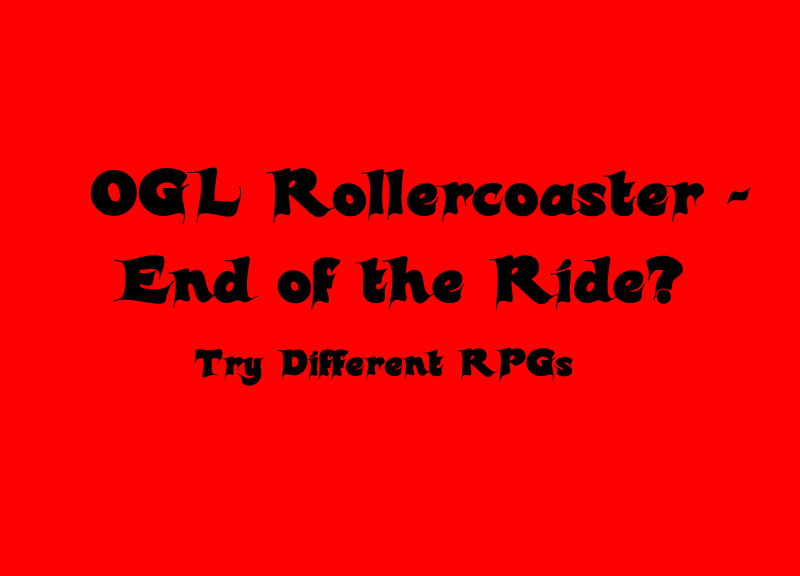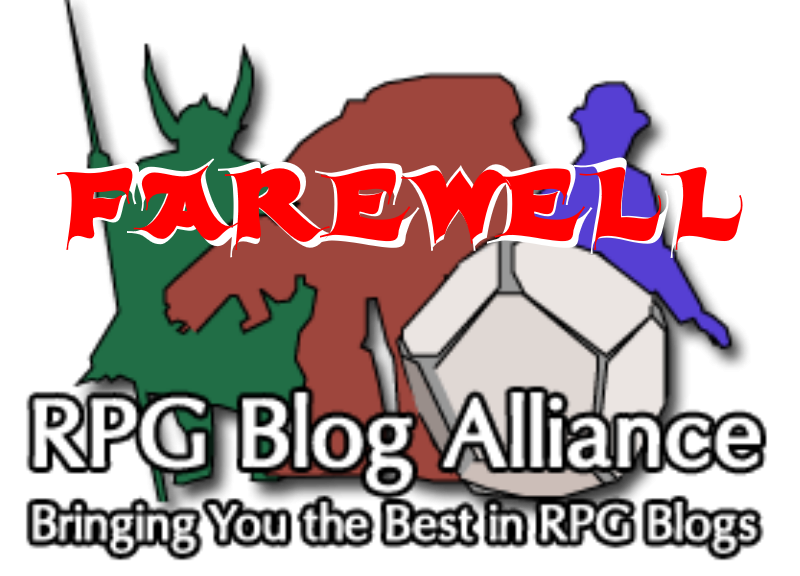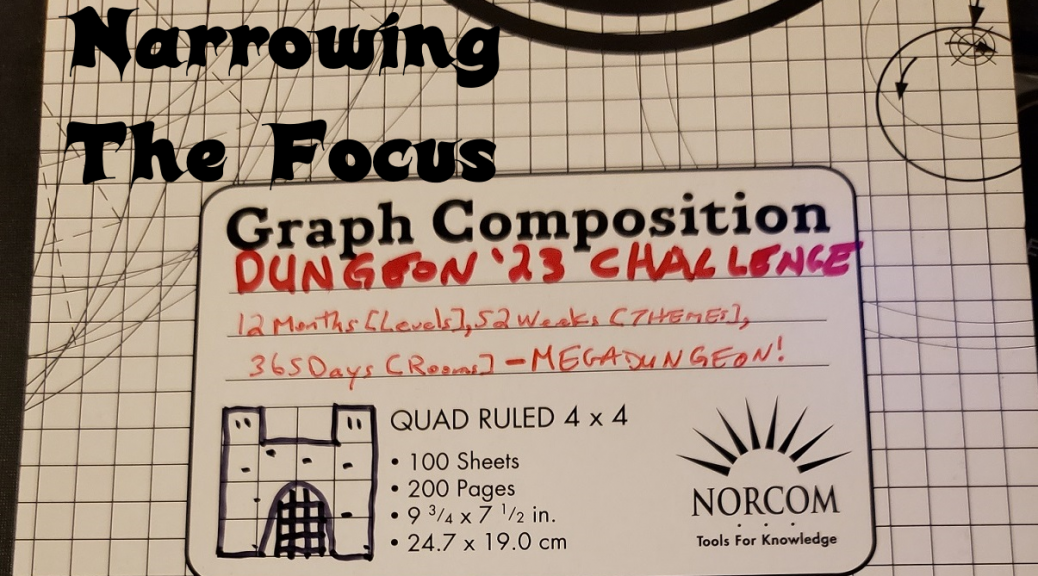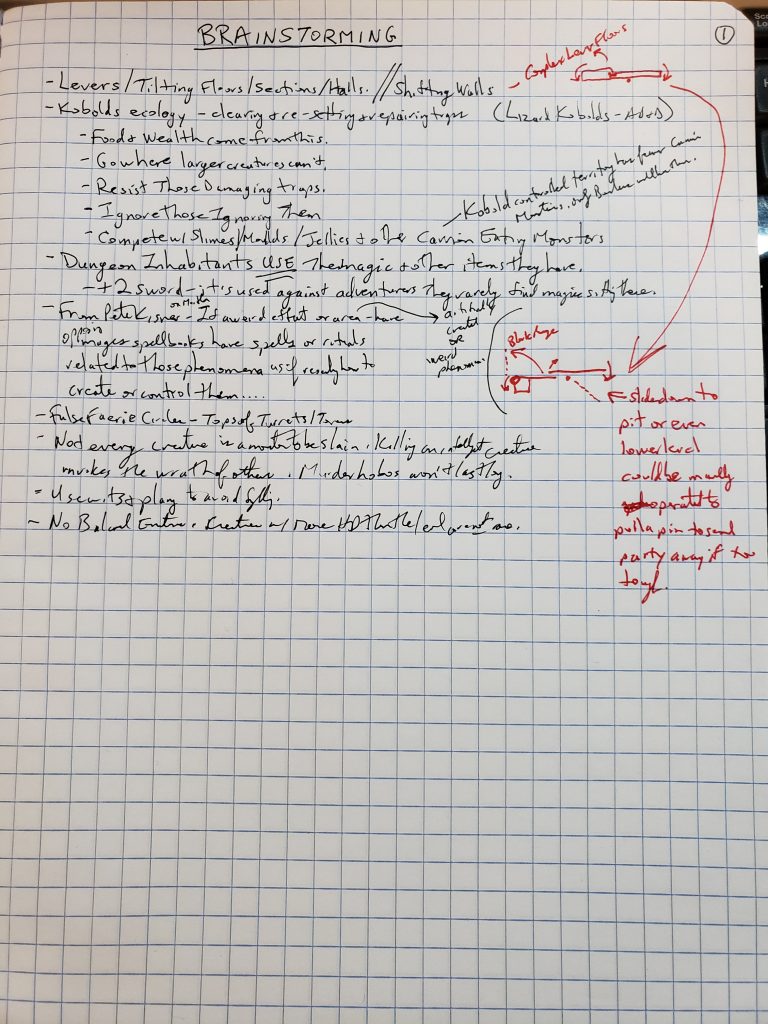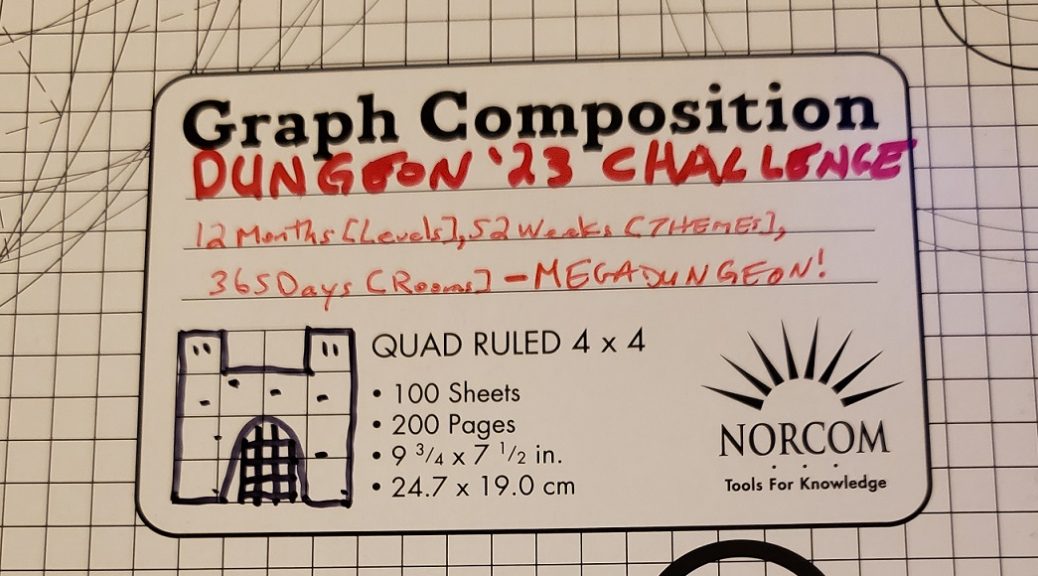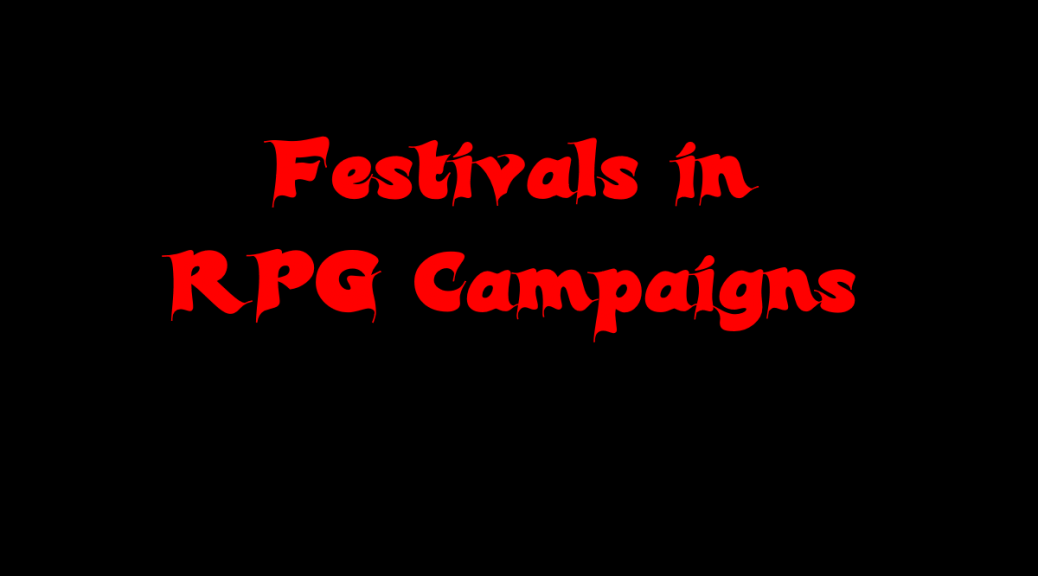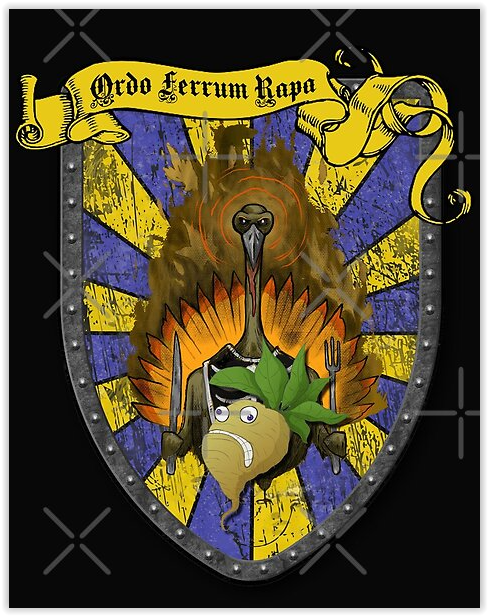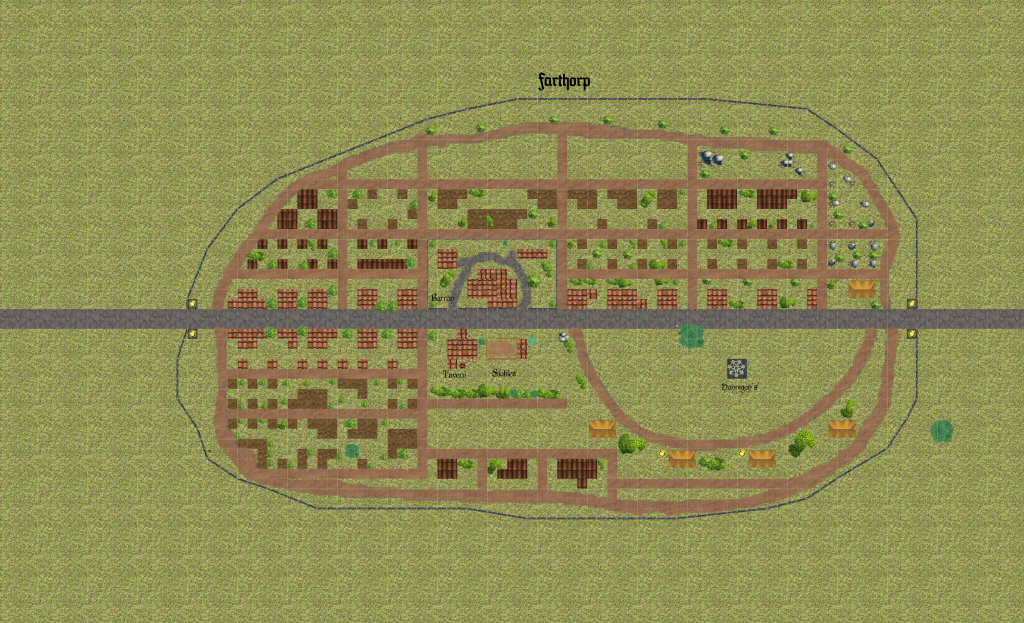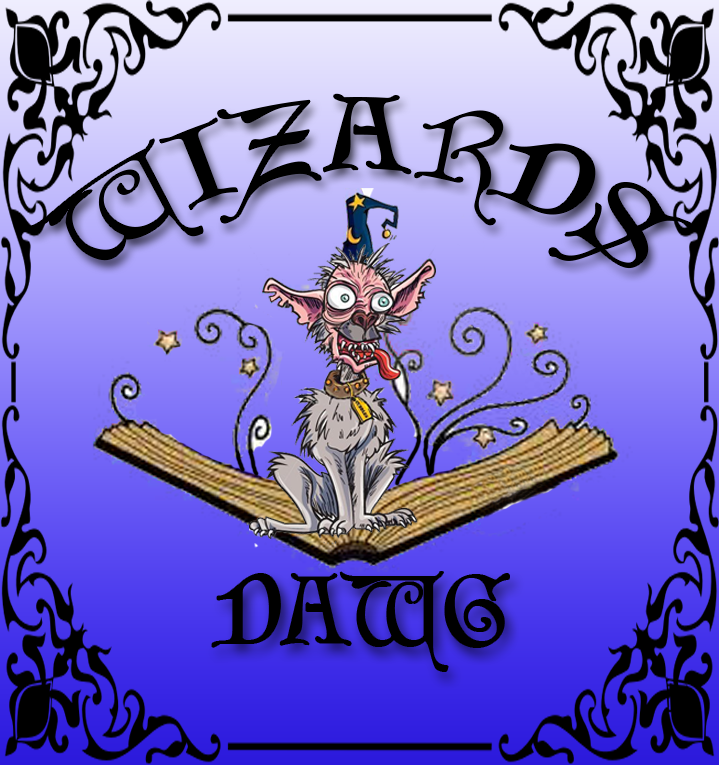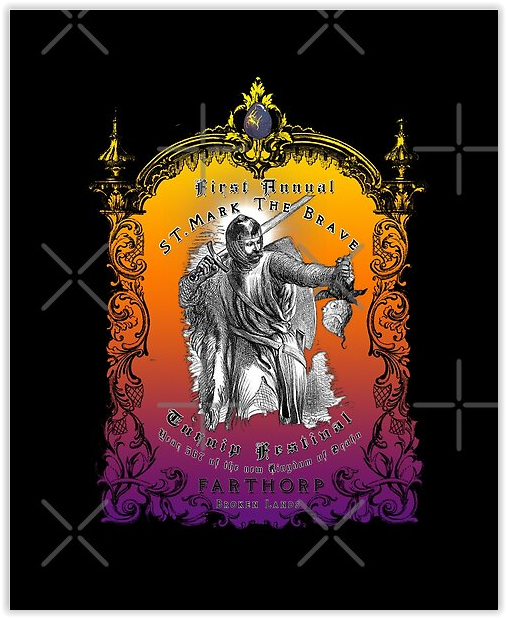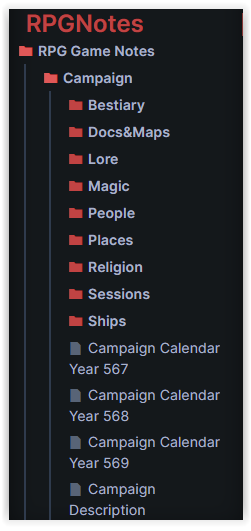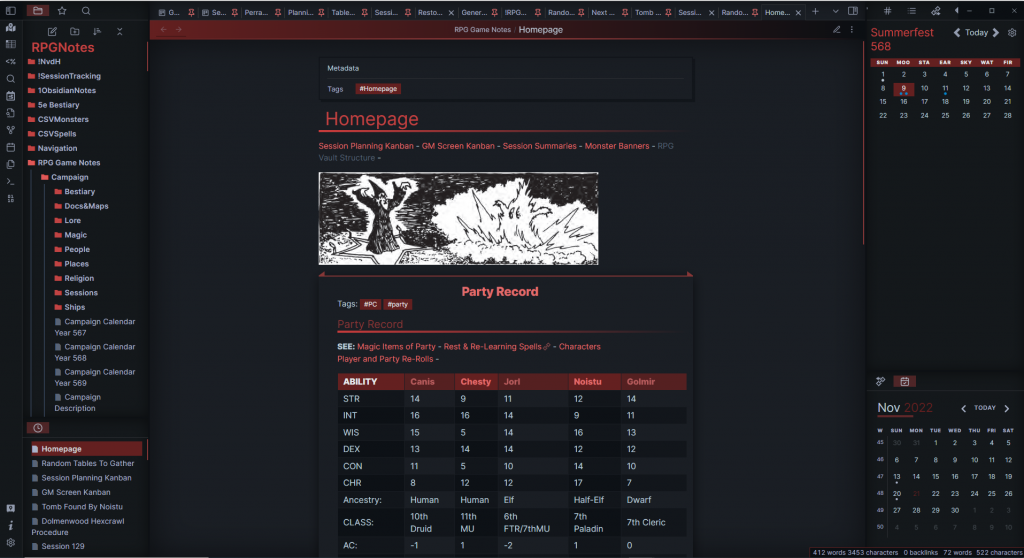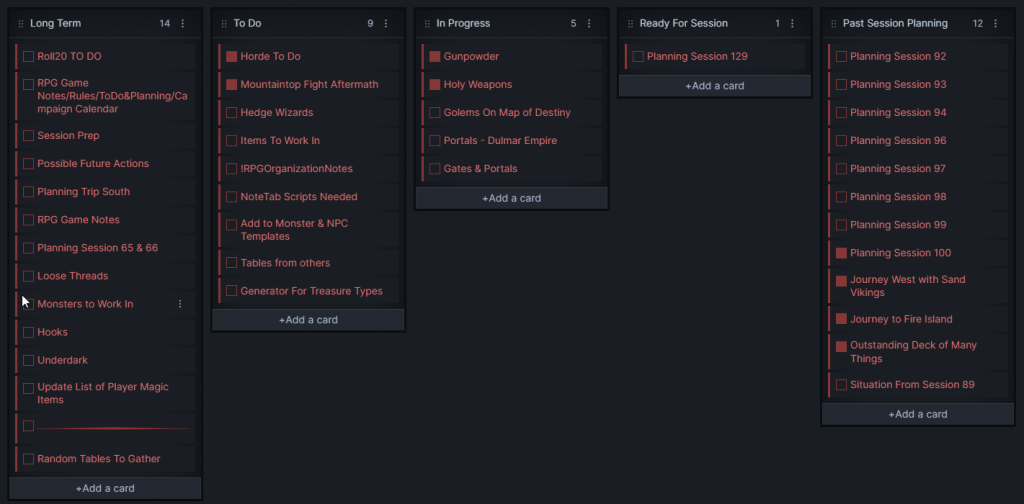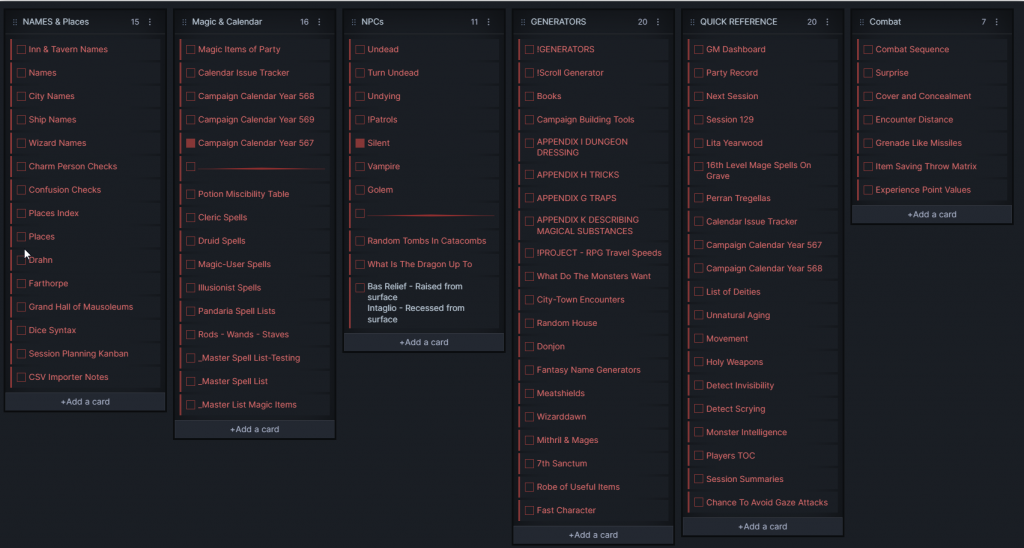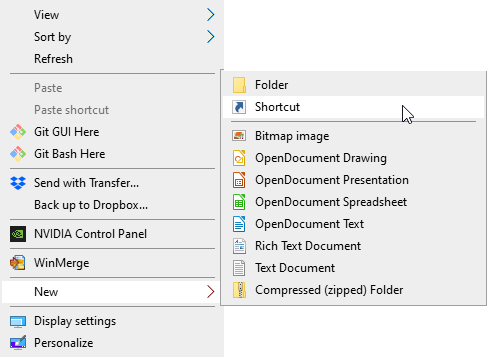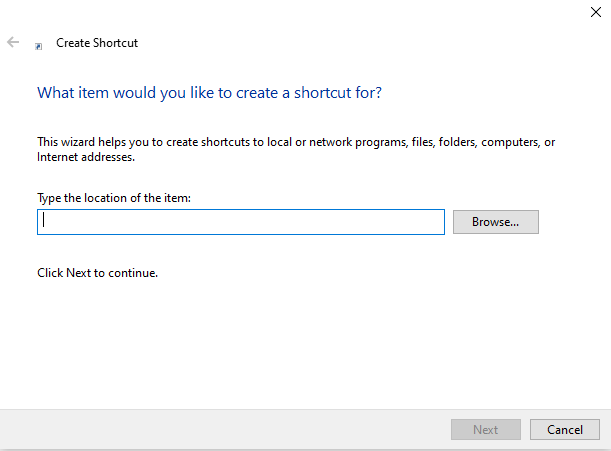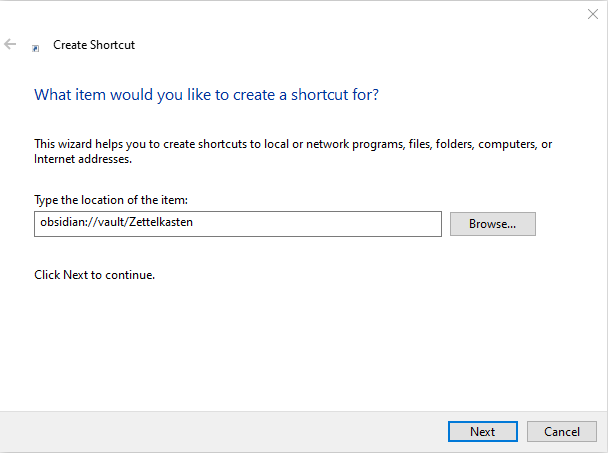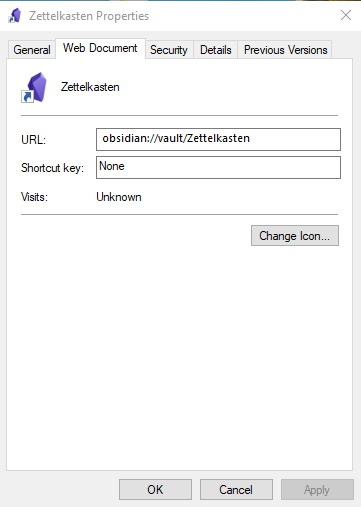The end of 2022 was full of rumbles about the OGL, but WOTC said it would be OK.
January, 2023 soon revealed WOTC’s (Wizards of the Coast) claims that all was OK were soon proven to be a lie.
Third Party Publishers and fans of games unrelated to D&D that used the OGL 1.0a took a stand and prominent people on various social media took a stand. In my experience, Twitter and YouTube were the prominent sources of the latest information and links to articles, as well as discussions.
While the OGL 1.0a was useful for those wanting to use D&D idea and even for those making totally unrelated games, I don’t use the OGL. I did put it on 3 products that didn’t need it, since my stuff was all my own creation, so I removed the OGL 1.0a from those products as it was a wasted page.
Things took a sudden turn the other day and after relaying that I explore a bit of encouragement to try other RPGs that aren’t D&D or its clones.
Surprise!
Now WOTC has apparently waived the white flag of unconditional surrender. [Internet Archive Link so it doesn’t vanish.] They said that they will not attempt to de-authorize OGL 1.0a AND they released the D&D 5e SRD 5.1 under a Creative Commons license.
Having the SRD 5.1 under an irrevocable CC license that also allows anyone to use it, change it, sell it, etc. as long as they give proper attribution means that a LOT of content is now free and available forever.
The one caveat is one must avoid Trademark infringement. If you use the SRD 5.1 you can’t say it is compatible with D&D or Dungeons & Dragons like you can do if you don’t use SRD 5.1. You can say it is compatible with 5e.
The biggest thing it opens up is the use of 5e style stat blocks and monster stat blocks and descriptions. While it does include the names of some previously taboo monsters and proper names, the state blocks and art of those are not included. Some of them are supposed to be trademarked. So while you can use the name, you must provide your own unique explanation of what they are if you want to make “safe” presentations of them in somethin you publish.
There is NO EFFECT on your home games, or even your streamed games.
Moving Forward
Many efforts such as the ORC License and Kobold Press’s Project Black Flag, and many others are still moving forward. WOTC has burnt the bridge of goodwill and realized it is too late for their biggest fans and supporters to join them. While some have decided this move by WOTC is enough for them and they will continue or return to D&D, so many see WOTC as an unreliable corporate entity.
The ORC License and Project Black Flag and others are continuing the course they feel WOTC forced them to take.
The biggest beneficiaries of the whole mess have been the third party publishers, like Paizo, Kobold Press, Goodman Games, Troll Lord Games, and many smaller shops and individuals. Paizo is said to have sold 6 months of product in two weeks and are out of stock of their Pathfinder 2e books. Paizo was poised to regain the ground it lost to D&D 5e. Back when D&D 4e came out, many flocked to Paizo. Now history repeats itself.
I’ve never played Pathfinder, and sadly, poor experience from players in organized Pathfinder Play at conventions have turned me off to it. I don’t care for organized play anyway. Plus I already have a large number of RPGs I received through Kickstarter Projects that I have yet to play.
Play Other RPGs
Many have pointed out that Pathfinder’s evolution from D&D 3e makes it “just a clone” of D&D and that there are other games besides D&D and its clones.
For RPG players that have only ever played D&D 5th Edition they are unaware of other RPGs and may have reservations about trying something different.
I want to join in those encouraging people to play games other than D&D and their clones. I still run and play other old TSR RPGs, plus newer RPGs. As I mentioned above, I have several RPGs from Kickstarters I’ve backed, but have never played them. I hope to rectify that. I have stopped backing Kickstarters for new RPGs, so at least I have a smaller target of games to squeeze in.
I began playing RPGs back in 1977 when the Holmes Blue Box Basic came out. We played many other TSR RPGs that existed & new ones as they came out. My peer group of players in high school formed the Science Fiction Book Club to get around the Satanic Panic nuts and mostly played new RPGs or rotated GMs in the library after school. The librarian was our sponsor. We also dabbled at least once in several other non-TSR RPGs either at each other’s homes or the school library.
The one thing that turned me off to some new games was the person running them loved them but didn’t yet have the skills to convey them and in those cases didn’t play the game again.
I’ve played even more since 2014 when I attended cons regularly.
Since D&D was my first RPG, it sort of defined what an RPG was and hit harder than all the others. I was more of a science fiction fan back then, but still played more AD&D than any other RPG.
I still run and play older versions of D&D. However, I will run more non-WOTC games in the future.
Check this link for my “Game Stack” of RPGs I have played and which I have one shots ready.
NOTE: I am not able to run them at present, but will let people know. I may do a monthly or weekly rotation to go through past one-shots I’ve run at conventions.
My Experience Trying New To Me RPGs
These are things game designers, character sheet designers, and GMs need to keep in mind.
My biggest issue with picking up RPGs that are new to me is the rules. This is true due to my aging brain not making sense of some rules as I could in my teens and 20s. If I can’t figure out how to generate and fill out a character sheet in short order, it turns me off. If a character sheet has information that is needed during combat (or the equivalent bulk of play in an RPG) but it is on the BACK of the character sheet, I won’t have an enjoyable session as I am fighting against the character sheet.
Both of the above examples are from my experience with D&D 5e. I tried generating a character and filling out the official character sheet and I had to jump from section to section and one piece of information (passive perception as I recall) I struggled to find in the Player’s Handbook, but found it in the Starter Set. Character generation should be a two page spread and should walk through filling out the official character sheet. Jumping around is unhelpful.
The character sheet issue was one where level abilities were on the back of the character sheet. In my first convention game playing 5e I didn’t figure out until the last round of combat that my character had advantage on initiative. That is something that should be on the front of the sheet. It wasn’t an official WOTC D&D 5e sheet as I recall, but then maybe it was. It’s been a while.
The other issue with picking up a D&D 5e character that has lots of level based abilities and maybe a level of another class makes them have so many options that I don’t see how to play them effectively if you didn’t rise up through each level and played a few sessions with that character to figure out all the things. Every high level character I ever had I played them as they improved and gained spells, spell levels, items, etc. so I knew how to play them and do all that they could do in a given situation.
Things like this have encouraged me to gravitate to simpler systems. Slot based or usage die based encumbrance is one. As a player of older RPGs my character sheet doesn’t inform what I can do. I am used to being able to attempt anything. Success is not necessarily guaranteed. Having a rule for everything is impossible. I want to play, not spend time fussing with trying to do everything “by the book.”
I hate it when GMs say, “Your character can’t do X because….” or they don’t even give a reason. Anyone should be able to wear armor, swing a sword, try to pick a lock, climb a wall, etc. Just because your character never studied to specialize doesn’t mean they can’t even try.
Because of this, I much prefer the Yes/And, No/But, and Maybe approach. If there isn’t an official rule to allow something, I’m OK with a mutually agreed method of adjudication. Perhaps if RPGs suggested how a GM and Players can have a mutual way to do this it would satisfy those who need a rule for everything.
The point is don’t be afraid to try new things. Some RPGs you won’t like. Try them under different GMs to ensure it wasn’t the GM presenting it poorly. One should try to play with different GMs and players anyway. It is easiest to do this at your local game store and at conventions. I always learn something from playing with different GMs and seeing the way they run their games. Similarly with different players I see how they approach different situations.
As a GM running the same one shot at one or more conventions with different groups of players at each one, it is amazing how the same scenario ends up being totally different when a different mix of players, characters, and their choices make the game. Players ALWAYS see solutions I would never think of, so I present problems for them to solve and reasonable solutions will work. Some may not be assured of success, but I give them a roll when there is a chance of failure.
Just remember, games are supposed to be fun. More fun is had when we respect each other and use our manners. Safety tools is party of that. If you can’t be kind to others at the table, then get some help to figure out why you can’t be kind. Being a jerk to a fellow human being is not fun. If you act like a jerk and use the excuse, “But that’s what my character would do.” you are NOT welcome at my table. If I’m a player, I’ll call it out and if there is no change, I will walk. If I’m the GM, I’ll call it out and if there is no change, you will walk. Enough of us humans are jerks to ourselves, we don’t need your help. Either be kind to others or go learn some solo RPGs where you can be a jerk to others in you own limited creativity.

